Identifying California Gartersnakes


Click here to see range maps for all California gartersnakes.

Click here to see a key to identifying California gartersnakes by counting scales.

Not Dangerous Gartersnakes do not have venom that is dangerous to most humans. |
||
|
||
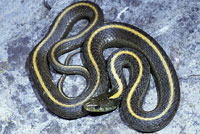 |
 |
 |
| Santa Cruz Gartersnake Thamnophis atratus atratus |
Oregon Gartersnake Thamnophis atratus hydrophilus |
Diablo Range Gartersnake Thamnophis atratus zaxanthus |
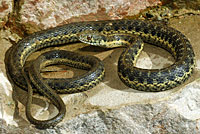 |
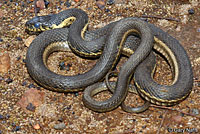 |
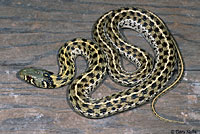 |
| Sierra Garter Snake Thamnophis couchii |
Two-striped Gartersnake Thamnophis hammondii |
Marcy's Checkered Gartersnake Thamnophis marcianus marcianus |
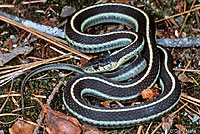 |
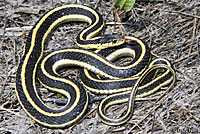 |
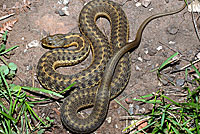 |
| Mountain Gartersnake Thamnophis elegans elegans |
Wandering Gartersnake Thamnophis elegans vagrans |
|
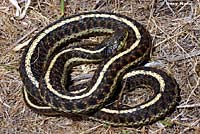 |
 |
 |
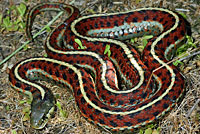 |
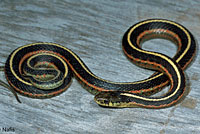 |
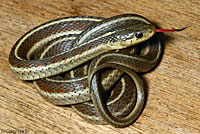 |
 |
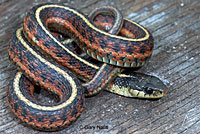 |
|
| Coast Gartersnake Thamnophis elegans terrestris |
||
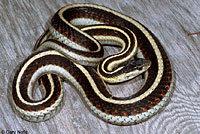 |
 |
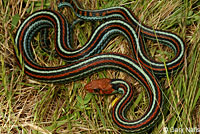 |
| Valley Gartersnake Thamnophis sirtalis fitchi |
San Francisco Gartersnake Thamnophis sirtalis tetrataenia |
|
 |
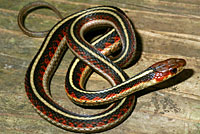 |
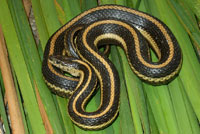 |
| California Red-sided Gartersnake Thamnophis sirtalis infernalis |
Giant Gartersnake Thamnophis gigas |
|
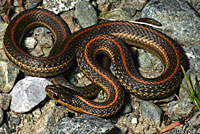 |
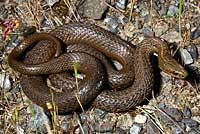 |
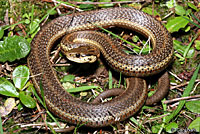 |
| Northwestern Gartersnake Thamnophis ordinoides |
||
Return to the Top
© 2000 -



